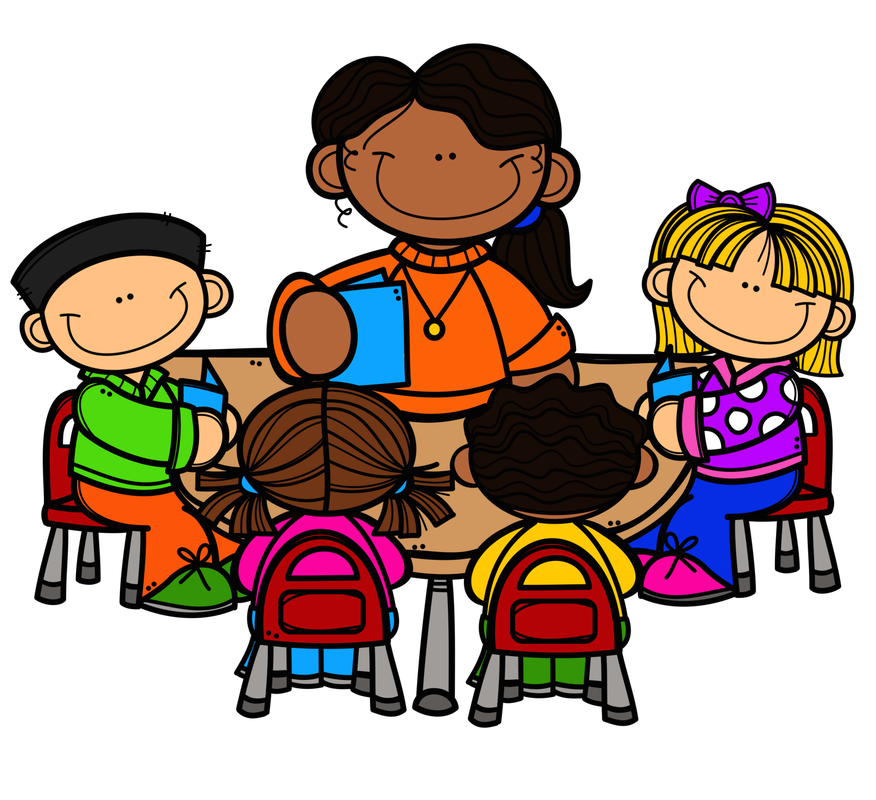
But the process of thinking about how best to teach reading to older children has made me think about what I've learned as a teacher who has spent large amounts of time teaching children who are at the beginning of the reading process. While teaching reading comprehension skills are crucial right from the beginning, in the early stages, a large part of our job is helping children make sense of how to begin decoding words.
So, as I say goodbye (for now, at least!) to my time teaching little ones, I thought I'd compile a list of the top eight word building/decoding rules. These are so important, because this knowledge that can help kids make sense of our confusing written language more easily. These are rules that I teach explicitly and that I repeat over and over and over again. And then I repeat it again, and then I get the children to repeat these rules back to me. Again and again. Repetition is key, so your kiddos internalise these rules, which then make decoding a much more logical process (although the English language always has exceptions to every rule!).
One thing I've found that helps kids as well is to personify the letters. I talk about 'bossy' letters and where letters like to be in words ('y', for example, often likes to be at the end of words, because it's used to being at the end of the alphabet). This little personification trick seems to help kids retain many of these rules quite easily.
- The Basics: Kids need to know which letters are vowels (a, e, i, o, u and sometimes y), and they need to know both the long and short sound each vowel makes. When they sound out a word and it doesn't make sense, chances are it is the vowel sound they need to change.
- What letter usually makes the 'e' sound at the end of a word? Hint - it isn't 'e' (which is almost always silent)! It isn't always 'y', but it usually is...especially in the kinds of words little ones are most likely to come into contact with as beginning readers and writers.
- The vowels 'e, i, and y' are bossy when they follow the letters 'c' and 'g'. They make the 'c' say 's' (circus, centipede, bicycle) and the 'g' say 'j' (gym, giant, gem). Don't be afraid to introduce this idea to little ones - by the end of the year last year, most of my P1s could tell you this rule (and apply it in their reading, if not quite in their writing). If you repeat it over and over and over again, they will pick it up, I promise. And it helps them make sense of funny words, when they can see that these words do follow a predictable pattern.
- Controlled 'r' words. 'R' is also a bossy letter - it doesn't let 'e, i or u' say anything when it follows them (bird, letter, burp). AR is the pirate sound - so the r doesn't let 'a' say anything, but the AR combination makes the r say its name, rather than make its sound (car, tar, bar). And OR can go either way ('word' - can't hear the 'O', but 'corn' - you hear the long O sound). When first learning this rule, we start with the idea that R often doesn't let vowels say anything. It helps kids tremendously when they know that to read 'girl', they just skip over the 'i' sound, for example.
- This next rule helps with spelling, more than reading: In a word, every syllable MUST have its own vowel. This rule helps kids make sense of words like 'letter' and 'butter', especially when combined with the idea of controlled R words. It also can help kids with words like 'little', 'castle' and 'bottle'. We need that silent 'e' at the end, so that the 2nd syllable has its own vowel.
- The long 'A' sound at the end of a word is almost always made with the 'AY' phoneme (I can't think of any exceptions at the moment, but there usually are at least one or two!).
- 'OI' and 'OY' - OY likes to be at the end of a word, because 'y' is at the end of the alphabet. OI, on the other hand, is usually found in the middle of words (never at the end). You have exceptions like 'oyster', 'royal' and 'loyal', but the rule holds true for most other words. I also tell kids that AY is at the end of the word because 'Y' likes to be at the end of things (since it's so close to the end of the alphabet).
- Teaching the verb endings 'ED' and 'ING' very early can help expand a child's ability to read tricky words enormously, with very little effort. When teaching 'ED', I talk a lot about the 3 different sounds ED can make ('T' - stopped, 'D' - played and 'ED' - grounded). With little ones, knowing the 'ING' suffix can help them read (and write) really 'long' words and increase their confidence enormously.
There will always be other rules, but these are the main ones I have used with my classes. Repeat, repeat, repeat. Then repeat again. Then ask them 'Why does the 'c' say 's' in this word?'. Ask over and over again. They will 'get it', I promise! These rules take the mystery and confusion out of much of the early decoding process. If we help kids see that, despite the fact that words initially seem very confusing, there are rules that can help us make sense of them, that is hugely empowering.
Are there any other word decoding rules you would add to this list? Let me know, if there are!

 RSS Feed
RSS Feed